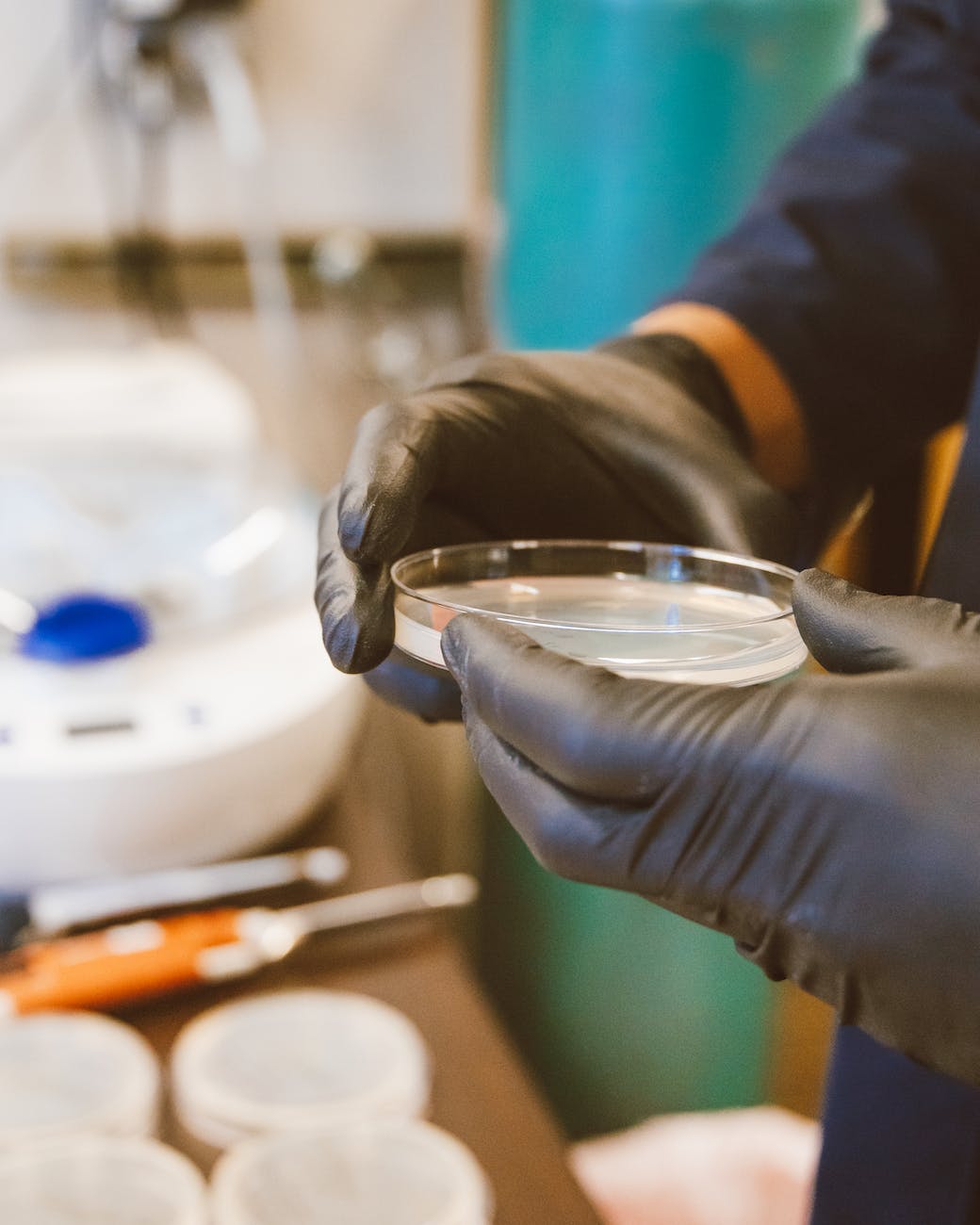Tonight I watched a recent JMBE Live session I missed with Marcos Garcia-Ojeda on Ddecember 2, 2022. They described their adaptations to online lab sessions. The title was “Microbiology Labs with Virtual and Hands-On Parts.” Garcia-Ojeda published this work with colleagues in the JMBE 2022 special issue. Garcia-Ojeda explained that there are several challenges to teaching microbiology labs online: how do you teach hands-on techniques in an online microbiology lab? How do we teach processes such as pouring or streaking plates? To address this challenge, Garcia-Ojeda and team used backwards design to design a microbiology lab that would allow students to experience the lab remotely and equip them with key skills. The three learning objectives were:
- Utlize microbiological lab techniques to isolate and characterize microorganisms.
- Exercise protocols to ensure safety in the laboratory.
- Given the experience to perform lab research and maintain a lab notebook following GLP.
The course included formative quizzes and plating technique. Summative assessments included exam questions, homework, and an unknown identification exercise. Students isolated and characterized microbes from Kombucha! How cool! They identified a bacterial unknown using the Unknown Portfolio they developed. The course had EHS and Labster simulations to teach lab safety. After planning, they were able to send students the basic microbiology tools to have hands-on experiences at home. The research team was then able to create and deploy seven Unknown Portfolios that focused on Psuedomonas biochemical characterization. The research team sent microscopes, Gram stain kits, PPE, Kombucha, inoculating loop, and a bqcteial growing kit to participants. The cost was about $104 per student and $20 for Labster. Students watched videos and had access to mentored TA time online. Students were able to learn streaking at home. Garcia-Ojeda shared images of high mastery, intermediate mastery, and unsuccessful attempts. The research team also scored different assessments and compared performance by creating exam questions and analyzing student papers. The careful and systematic assessment of student assessment data was impressive. Garcia-Ojeda did acknowledge that there were costs associated with Labster simulation access and alternatives like HHMI BioInteractive and Cell Collective videos. Garcia-Ojeda also shared that there are cost-saving alternatives to the Gram stain kit and agar plates. I was excited to learn about alternative safe sources of microbes from buttermilk, yogurt, and curtido, for example. In terms of safety, students were asked to sign a home safety acknowledgement. In the future, Garcia-Ojeda wants to provide opportunities such as through student video review to provide feedback on lab safety techniques. The research team concluded that the remote hands-on experience “allowed students to experience microbiological techniques that would have been challenging to master simply by observing simulations.” The Unknown Portfolio assignment “provided the students the sufficient information and context to identify an unknown bacteria” and was equally effective to the in person experience.” The first question was about biosafety level, and Garcia-Ojeda explained that the main microbes in kombucha are not characterized as pathogens. Students were asked to use 10% bleach to flood their plates and apply for at least ten minutes before disposing in domestic trash. Garcia-Ojeda explained that students were allowed to keep the microscope and kits. One challenge was that packages were sent to the addresses they provided to the registrar which may not have been where they were. The article the research team published in JMBE was a Research Article and compared different treatment groups. The team did obtain IRB approval to access and use student data for research from participants who were no longer at the institution. Garcia-Ojeda recommended discussing with iRB early in the study design. To scale up the class to larger enrollment settings, Garcia-Ojeda emphasized that a support structure with learning assistants and teaching assistants is critical. This session provided several great examples of assessment analyses and lab setup considerations for an online experience!



